Sometimes it’s nice to look at the past and see what’s worked. From the past nine years of posts on Beach Chair Scientist, it seems that one post has been the “most valuable player”. 100 ocean quotes is a surefire “make you stop by BCS for the first time and join the mailing list” kinda post. It’s the Wayne Gretzky, Babe Ruth, or Micheal Jordan in terms of stats. All other posts just fall short. But in the ethos of sportsmanship, here are ten posts that also bring some well deserved worth to this little blog. Which one are you rooting for?
- Are manatees and elephants related?
- 15 facts about the Portuguese man-of-war that’ll have you saying “Didya know…?”
- Sink your teeth into this: 20 facts about shark teeth
- What is the difference between a swamp and a marsh?
- What is your favorite ocean-themed children’s book?
- Do sharks have bones?
- What are skates and how are they different from rays?
- What are those tiny black pods with tendrils near the ends?
- Why are there holes through some clam shells?
- How do sea stars eat?

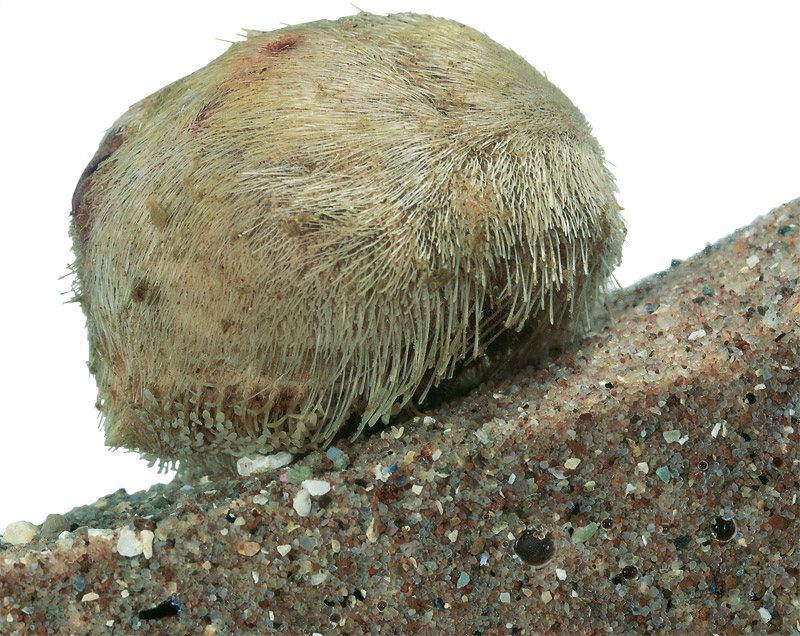

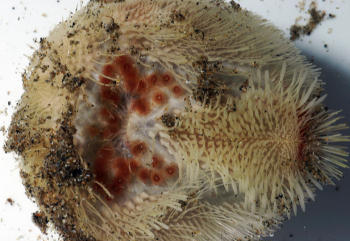
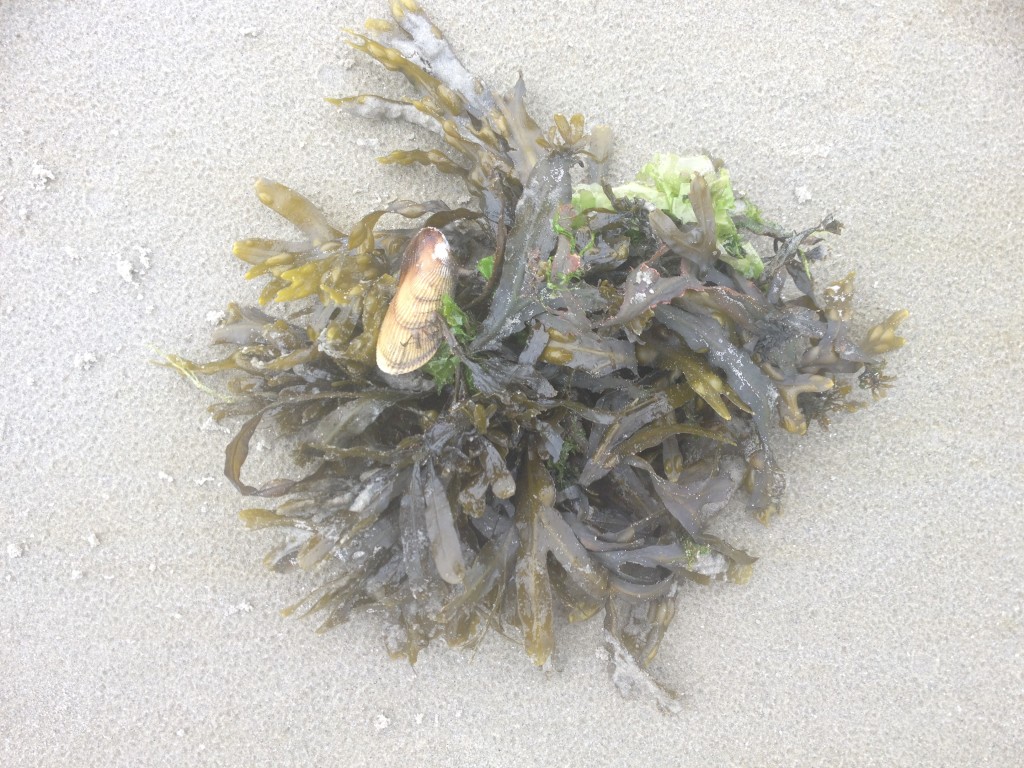

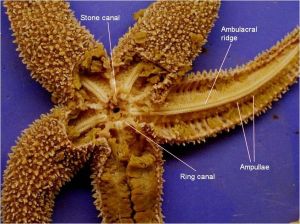
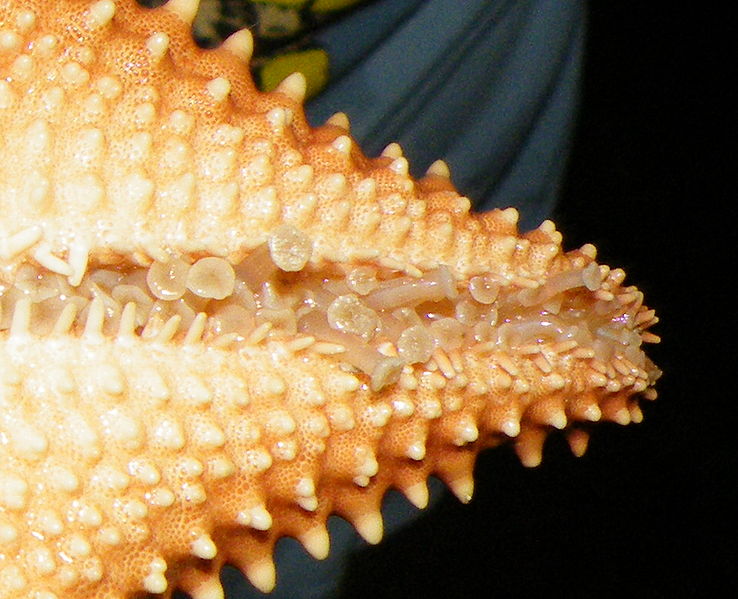
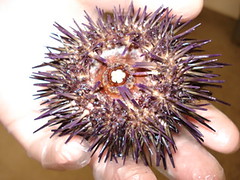









What people are saying …